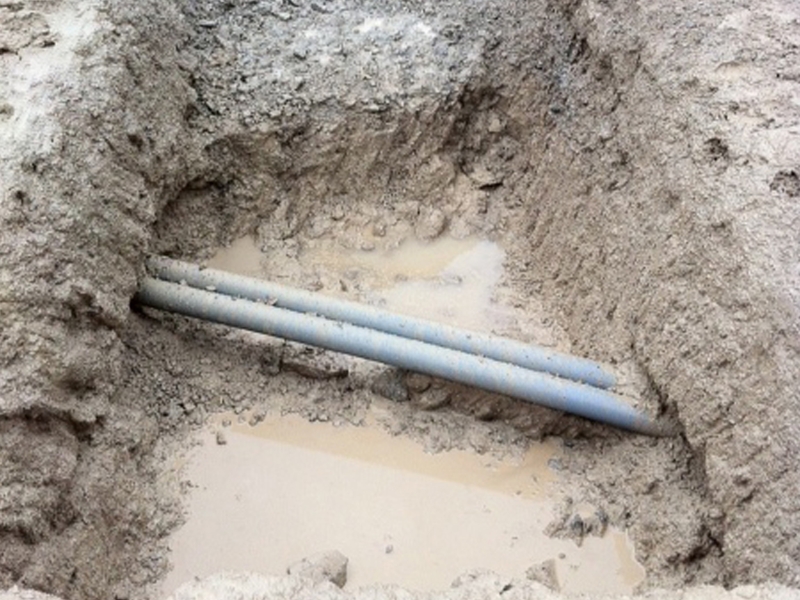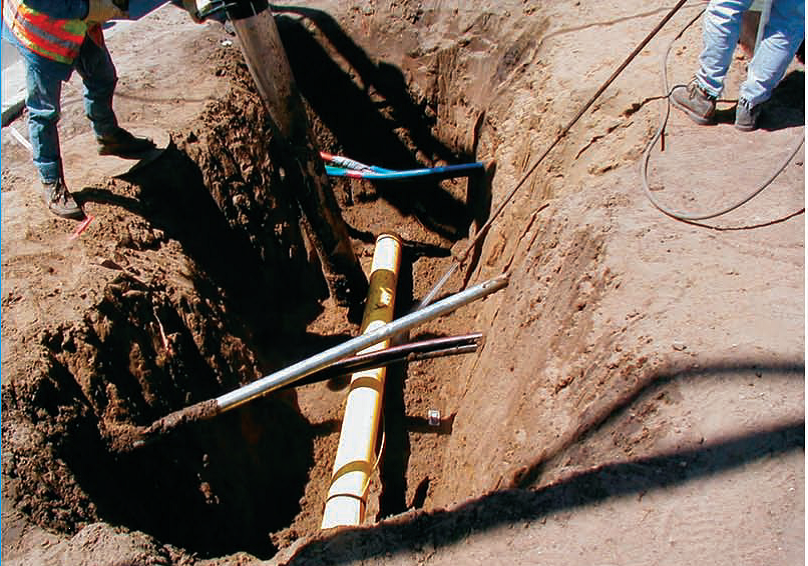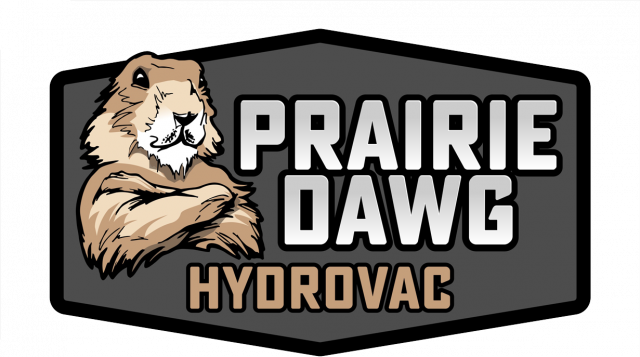Daylighting and Line Locating
With congested underground easements and roadways, it is becoming increasingly important to visually identify the location of underground utilities — gas, fiber, water, telecommunications and sewer — to prevent an accidental utility strike.
However, using a compact excavator or a shovel to expose the line could also damage a utility. To reduce the risk of damaging existing utilities, underground contactors and municipalities have started using vacuum excavators, commonly called, soft excavation, and over the last two decades there has been a rise in demand for these machines.
Prairie Dawg Hydrovac,
believes the increasing number of buried utilities that occupy the rights-of-way of city streets is the driving force behind the expanded use of vacuum excavators. “Before digging for a new utility line, a call must be placed to 811/One Call so existing utilities can be marked,” he explained. “However, on almost every utility job, the contractor must expose any buried lines that a new installation may cross to help avoid unknowingly striking an existing utility, and using a vacuum excavator is an efficient and nondestructive way to do that.”
The use of vacuum excavators extends beyond exposing underground utilities. They are used by HDD crews to suck up the mixing fluids used while boring. Municipalities and sign installers also use vacuum excavators for digging because the process helps minimize restoration work after a hole is dug.


How it works
Vacuum excavators use high-pressure water or compressed air to penetrate and break up soil and the unit’s powerful vacuum to remove the loose material. Often called potholing or keyholing, this soft excavation method can quickly expose buried utilities without causing damage to buried conduit, pipe or lines in the process.
“A lot of science is involved with the process,” “Inches of mercury, CFM, cyclonic filtration — these are all associated terms that help explain how a unit will perform in the field. To make sense of all the specifications, it’s important for a user to have a basic understanding of technical components, including blower type, volume of air and pressure being created.”
Advantages of Daylighting and Line Locating
Daylighting refers to the exposure and uncovering of underground utilities using hydrovac excavation techniques. Pipelines, wires and other sensitive utilities may need to be exposed and located prior to conventional excavation; daylighting provides this option. It increases Hydrovac Services productivity of workers and safety by allowing clear viewing and working access to the utilities.
Daylighting in particular works well for the exposure of utilities in delicate areas where there may be utility line congestion. This nondestructive method of exposing utilities and other lines greatly reduces the chance of rupturing underground pipes compared to hand digging. Daylighting is just one of the many services we offer at Hydrovac Ottawa.
With the use of hydrovac, this is a nondestructive process and greatly reduces the chance of bursting underground pipelines compared to hand or mechanical digging.

